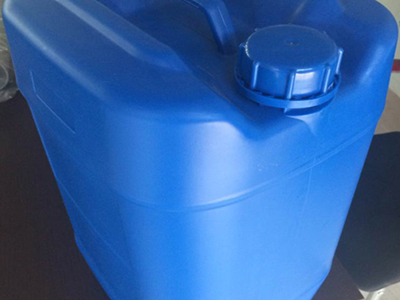Hollow extrusion blow molding is a common blow molding method at present. The extrusion blow molding die is generally composed of two half dies with vertical parting surface, which are installed on the mold closing frame. The die is equipped with air inlet rod or air inlet needle. The extruder extrudes the molten parison, then the blow molding die closes the die, clamps the parison, and inflates at the same time. After pressure maintaining, cooling and shaping, release the air in the parison, and open the die to remove the plastic parts. This forming method is characterized by simple equipment and die structure and low cost. Fusible core hollow forming is carried out by using the different state changes of thermosetting plastics and core materials at the same temperature.
Within a certain temperature range, thermosetting plastics first show a molten flow state, and then undergo chemical reaction to become insoluble and immiscible solids. The metal material as the core melts into a flowable melt at this temperature. According to this principle, the fusible core with the same shape as the inner part of the hollow container can be made of low melting point alloy material, and put it into the female mold. After the mold is closed, the thermosetting plastic is injected, and then it is heated and solidified.
During the curing process of plastic parts, the core is melted and discharged out of the mold, and the products can be taken out after opening the mold. Too low temperature will prolong the forming cycle, and the hardening degree of the parts can not meet the requirements, and the core can not be completely melted, making it difficult to discharge and even blocking the flow channel; If the temperature is too high, it is easy to make the plastic parts scorch, yellow, blister and other bad phenomena, and even waste products.







